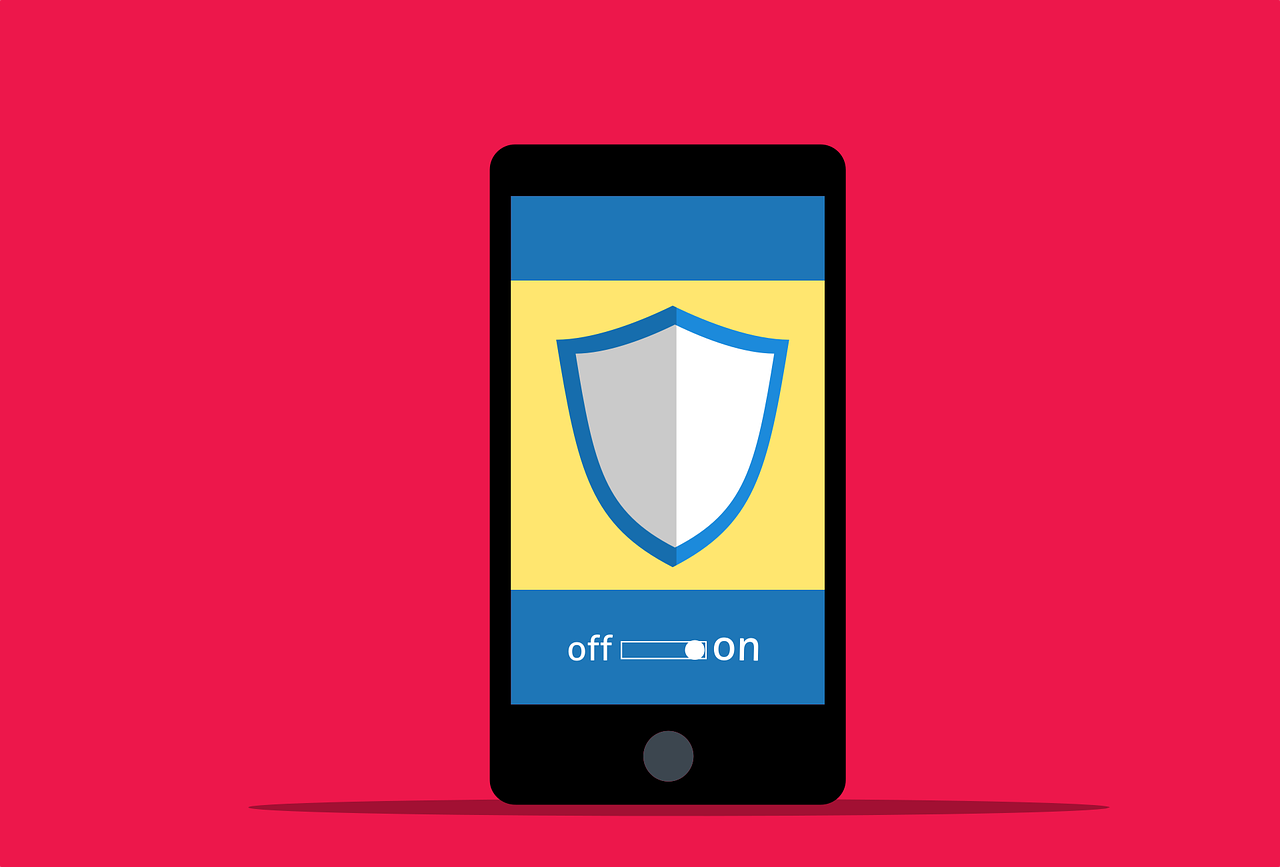Mobile applications are part of our daily lives—used for browsing, banking, chatting, and more. But while they make life easier, they also open the door to cyber threats. Fraudsters can exploit app vulnerabilities to steal your personal data or damage your device.
According to 2024 data from Asee, over 75% of published apps contain at least one security vulnerability. In other words, 3 out of 4 of your favorite apps might be risky to use. That’s why knowing how to secure your mobile apps is crucial. Below are ten smart tips to help you stay safe.
Why Is Mobile App Security Important?
The risk is real. Business apps are three times more likely to leak login credentials, and even popular apps with millions of downloads often carry security flaws.
Hackers exploit weak points in app design, public networks, and user behavior. Without proper protection, your sensitive data—like passwords, location, or financial details—can be exposed. Fortunately, by following the right practices, you can dramatically reduce these risks.
Top 10 Security Tips for Mobile App Users
Here are ten easy but effective steps to secure your mobile experience:
1. Download Only from Official App Stores
Always download apps from trusted platforms like the Apple App Store or Google Play Store. These stores scan for malware and vet app developers.
Avoid downloading APK files from random websites—they often contain fake or malicious apps designed to compromise your phone.
2. Check App Ratings and Reviews
Before installing an app, take a look at the ratings and user feedback. If the app has frequent complaints or reports of strange behavior, it’s better to avoid it.
3. Review App Permissions Carefully
Apps often ask for access to features like your camera, contacts, or location. Only grant permissions that are necessary for the app to function.
For example, a flashlight app shouldn’t need access to your microphone. If an app asks for too much, it’s a red flag.
4. Keep Your Operating System Updated
Software updates often contain security patches for newly discovered vulnerabilities. Enable automatic updates or check for them regularly in your phone settings.
5. Use Strong, Unique Passwords
Never use the same password across all your apps. Create strong passwords using a mix of letters, numbers, and symbols. Consider using a password manager to help you generate and store them.
6. Enable Two-Factor Authentication (2FA)
2FA adds a second layer of protection by requiring a code (sent to your phone or email) in addition to your password. Enable it on all apps that support it—especially banking, email, and social media platforms.
7. Avoid Public Wi-Fi for Sensitive Apps
Public Wi-Fi is a hotspot for cyberattacks. Avoid accessing sensitive apps (like banking or work apps) while on public networks. Use a VPN if you must connect on the go.
8. Log Out of Inactive Apps
If you’re not using an app regularly—especially one with access to personal or financial information—log out. If your phone gets lost or stolen, this makes it harder for someone else to access your accounts.
9. Keep Your Apps Updated
Just like your operating system, app updates often include critical security fixes. Turn on auto-updates in your app store settings or check periodically.
10. Use Built-In Security Features
Many apps support biometric security such as fingerprint or facial recognition. Enable these features where available for an extra layer of defense.
Some devices also let you lock individual apps with a passcode—take advantage of these tools.
Stay Safe While Using Mobile Apps
Mobile app security doesn’t require complex tools or expensive software. It comes down to making smart choices:
-
Be selective with downloads
-
Use strong credentials
-
Keep everything up to date
-
Use additional protections like 2FA and VPNs
For even more protection, check out our Cybersecurity Services and get expert help securing your mobile devices, applications, and networks.
Need help improving your mobile app security? Contact Graphene Technologies in Houston, TX today for expert support and actionable solutions.
